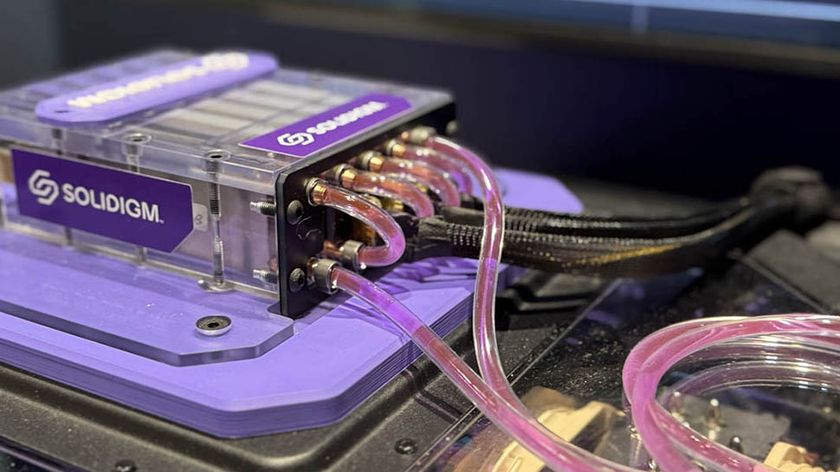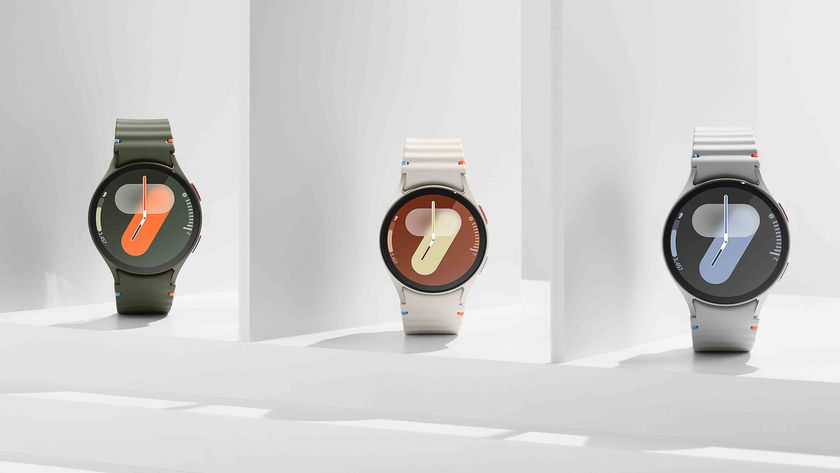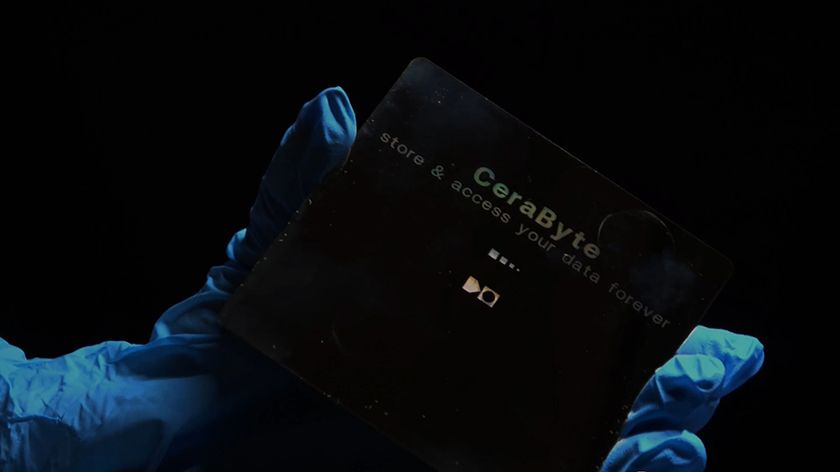Are self-driving cars really the future?
Is the steering wheel about to become an endangered species?
That only becomes worse when you factor in both the factory fit and portable gadgets now found in most modern cars. If the car is doing most of the driving, the temptation to send that text only gets worse.
It's probable, then, that progress in self-driving technology will continue to be at least partially limited by legislation. But research into the next steps is currently ongoing. Ford is currently conducting major field tests in Frankfurt, Germany with a fleet of 120 semi-autonomous and connected cars.
Part of the simTD project, the test includes cars that can actually talk to each other to warn of hazards and obstacles head, which adds an intriguing angle. But when and how might fully-autonomous cars appear?
In May this year, the Google Driverless Car was the first self-driver to be licensed for operation on public roads in the US. For now, that license only extends to the state of Nevada, but it's a significant step on the journey to a fully robotic future.
Google is currently one of, if not the, world leader in this area. It has a number of fully-autonomous cars on its fleet, including several Toyota Priuses and an Audi TT. Google's car uses a range of technologies, but the key enabler is LIDAR or Light Detection And Ranging, otherwise known as laser radar.
Robot dreams
Now, the benefits of a driverless car in terms of safety are obvious enough. A robot never gets distracted, falls asleep, breaks the speed limit or turns the key drunk. But there's more to it than that. If significant numbers of robot cars were on our roads, it would be possible to group them in tightly packed convoys and make better use of road space.
So traffic conditions would improve, even for cars with meat and bones doing the driving. If cars were truly autonomous, all sorts of possibilities would open up in terms of design, too. The conventional forward-facing seats, for instance, would no longer be necessary.
Get daily insight, inspiration and deals in your inbox
Sign up for breaking news, reviews, opinion, top tech deals, and more.
What's more, if cars no longer crash, they can be built lighter and more fuel efficient. Overall, Google reckons robot cars could double the capacity of existing roads while dramatically reducing casualties. With benefits like that, the incentives are huge.
On the other hand, it's equally easy to imagine the potential for tabloid hysteria on a biblical scale, should a driverless car ever be seen to cause an accident, or worse, a death.
It's also a fact that the transition from driven to automated to driverless cannot happen overnight. There will be many decades where robotic vehicles and conventional cars driven by unreliable, unpredictable humans will have to share road space.
Put simply, robot cars will have to do much better than just deliver better road safety on balance. They'll have to deliver a near impeccable record of flawless operation.
Technology and cars. Increasingly the twain shall meet. Which is handy, because Jeremy (Twitter) is addicted to both. Long-time tech journalist, former editor of iCar magazine and incumbent car guru for T3 magazine, Jeremy reckons in-car technology is about to go thermonuclear. No, not exploding cars. That would be silly. And dangerous. But rather an explosive period of unprecedented innovation. Enjoy the ride.
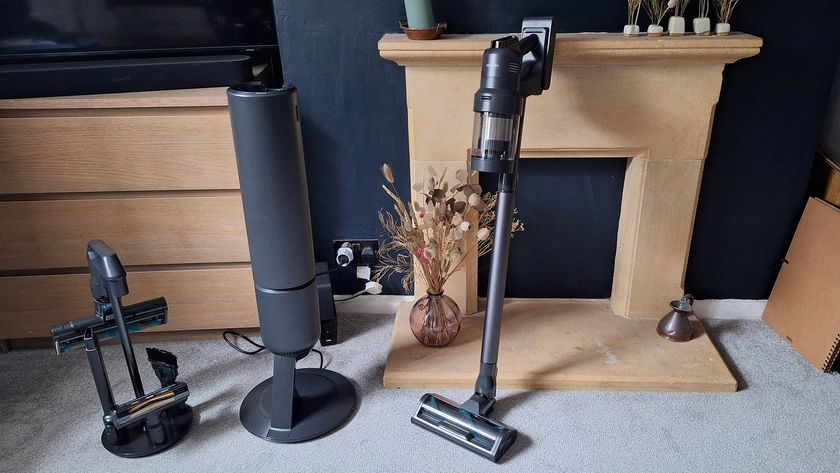
Testing Samsung's new AI-powered vacuum taught me that I don't really need my vac to be know the difference between every single surface
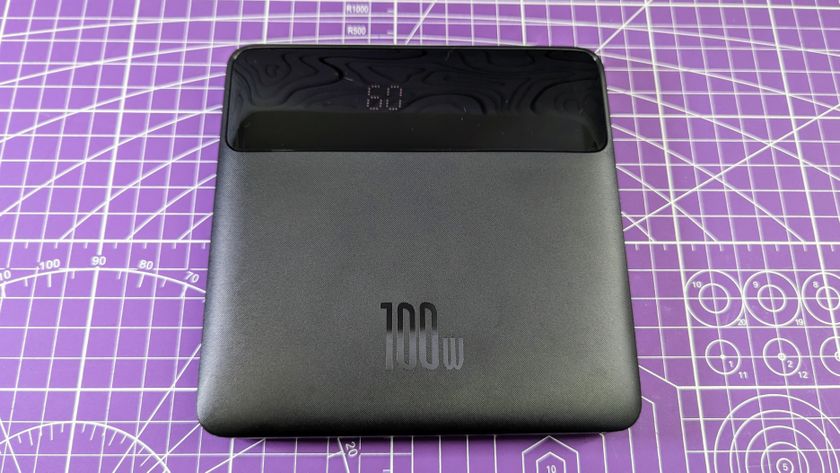
I’ve used a lot of power banks, but the Baseus Blade Pro is the only one slim enough for my laptop sleeve

This is the world's first Thunderbolt 5 LTO tape drive and I can't understand why it exists in the first place
